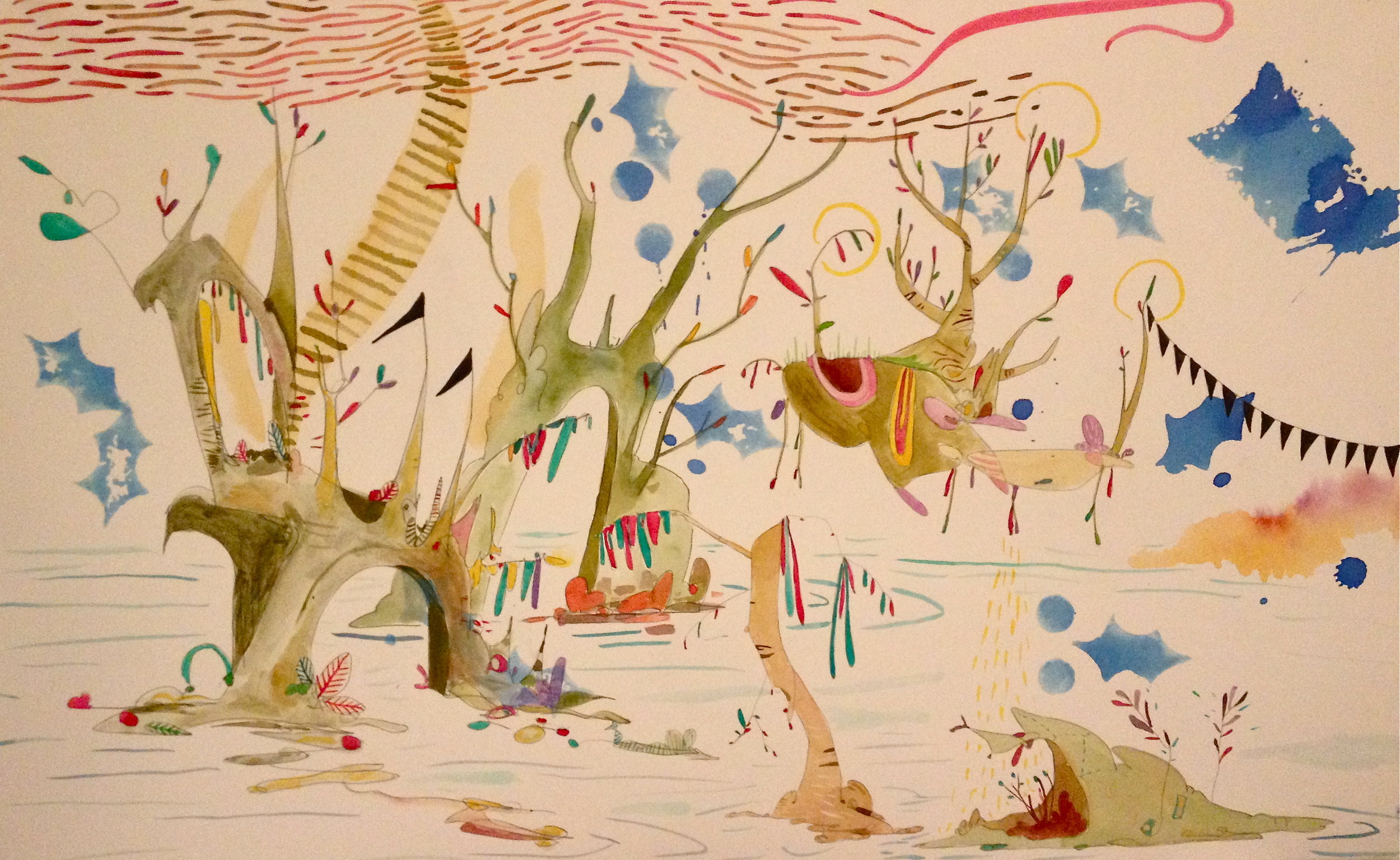My work is informed by several modalities and theoretical lenses, and I come to this work with a unique personal style. Here is what you can expect from me as a therapist: I bring a good sense of humor to the process. Having spent years working in despair-heavy therapeutic environments, I’ve developed an appreciation for the power of levity in moving through difficult material. I make our relationship my top priority, which means creating an environment of unconditional acceptance. I take you exactly as you are, I delight in the imperfections that make you human, I use good boundaries and hold you accountable, and I support you in becoming whoever you are on your way to becoming. I am skilled in making connections and synthesizing ideas so that you can recognize the interconnected constellation of themes in your life in a new way. I am improvisational and intuitive, meaning we may switch gears frequently in order to create channels for clear expression, allowing you to experience an embodied sense of choice and responsibility.
Modalities
Art Therapy is a modality that uses art materials and processes to bring internal content that is invisible, unconscious, or that “words can’t describe” into concrete, visible form. In the metaphoric space of the art process, we are able to see our issues in a new light, and create a map for navigating our way through them. There is an experiential dimension in the action of Art Therapy that can integrate new ideas more effectively than talking alone.
Brainspotting is a focused treatment method that works by identifying, processing, and releasing core neurophysiological sources of emotional and somatic pain, trauma, dissociation, and a variety of other challenging symptoms.
Parts Work refers to the parts that make up the whole. Unresolved internal conflict (for example, “Part of me wants to be in a committed monogamous relationship, but another part of me feels trapped, suffocated, and panicked at the idea of committing to just one person.”) can manifest as self-sabotaging behavior. In Gestalt therapy, we are able to identify and listen to each of these competing parts, gain clarity on what motivates them, and engage in a dialogue that brings a resolution which leaves all parties satisfied, so that you can move forward with a clear heart.
Relationally based attachment lens. We look at how the formative relationships of your early life influence your current style of relating to others, and strengthen your ability to attune to your own experience so that you can show up more honestly and powerfully in your relationships.
Trauma Informed. A trauma is a disruption that upends your world order, threatens your sense of safety and control, and interferes with your ability to trust yourself or others. It can take the form of a loud, major event, or many small, quiet occurrences. In my work, I focus on rebuilding your skills for creating safety and security. Separating intrusive thoughts and feelings from what happened and grounding into your current ability to effect what is happening. I am highly attuned to working with symptoms of PTSD and am committed to holding a space where this work can unfold safely.
Body- based awareness. I utilize body based mindfulness tools to create greater awareness of the feedback between mental, emotional, and physical states. By looking to the physical body as a source of information, you develop the skills for better understanding and taking care of yourself.

